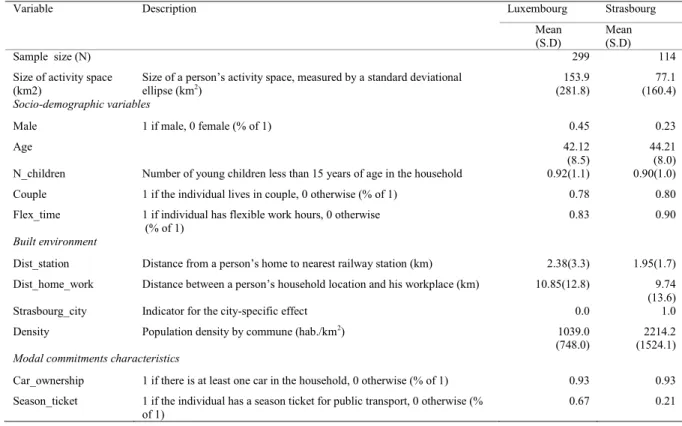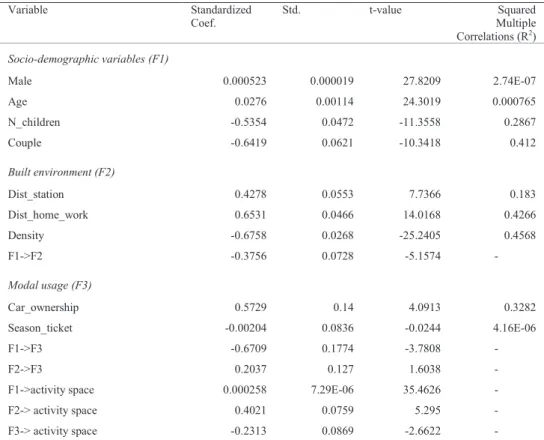Geographic, Social-cultural and Modal Usage Determinants of Activity Space: A Case Study of EU Institutions in Luxembourg and Strasbourg
Texte intégral
Figure




Documents relatifs
The Voyager 2 plasma instrument provides bulk velocity, proton number density, and proton thermal speed.. We also use the magnetic data from Voyager 2's
This study will address some fundamental GIS tools for delineation and analysis of data for exploration of spatial patterns and relationships by mapping change, movement and
Central executive, phonological loop, phonological awareness, native and foreign vocabulary knowledge, language comprehension, and reading were investigated.. longitudinally in
Impact of group size and social composition on group vocal activity and acoustic network in a social songbird.. Marie Fernandez, Clémentine Vignal,
Darja Zavirsek University of Ljubljana
The development of a financial logic in the built environment has been made possible by the strengthening in recent years of an indirect securitized investment channel as opposed to
With the help of a digital analysis of the presence of canonical authors and historical characters mentioned by Cassiodors in the Variae, we can ascertain in two steps whether
Là où un carré sémiotique, par exemple, pouvait fièrement établir des relations de contrariété entre « pratique » et « mythique » (pour reprendre la fameuse
